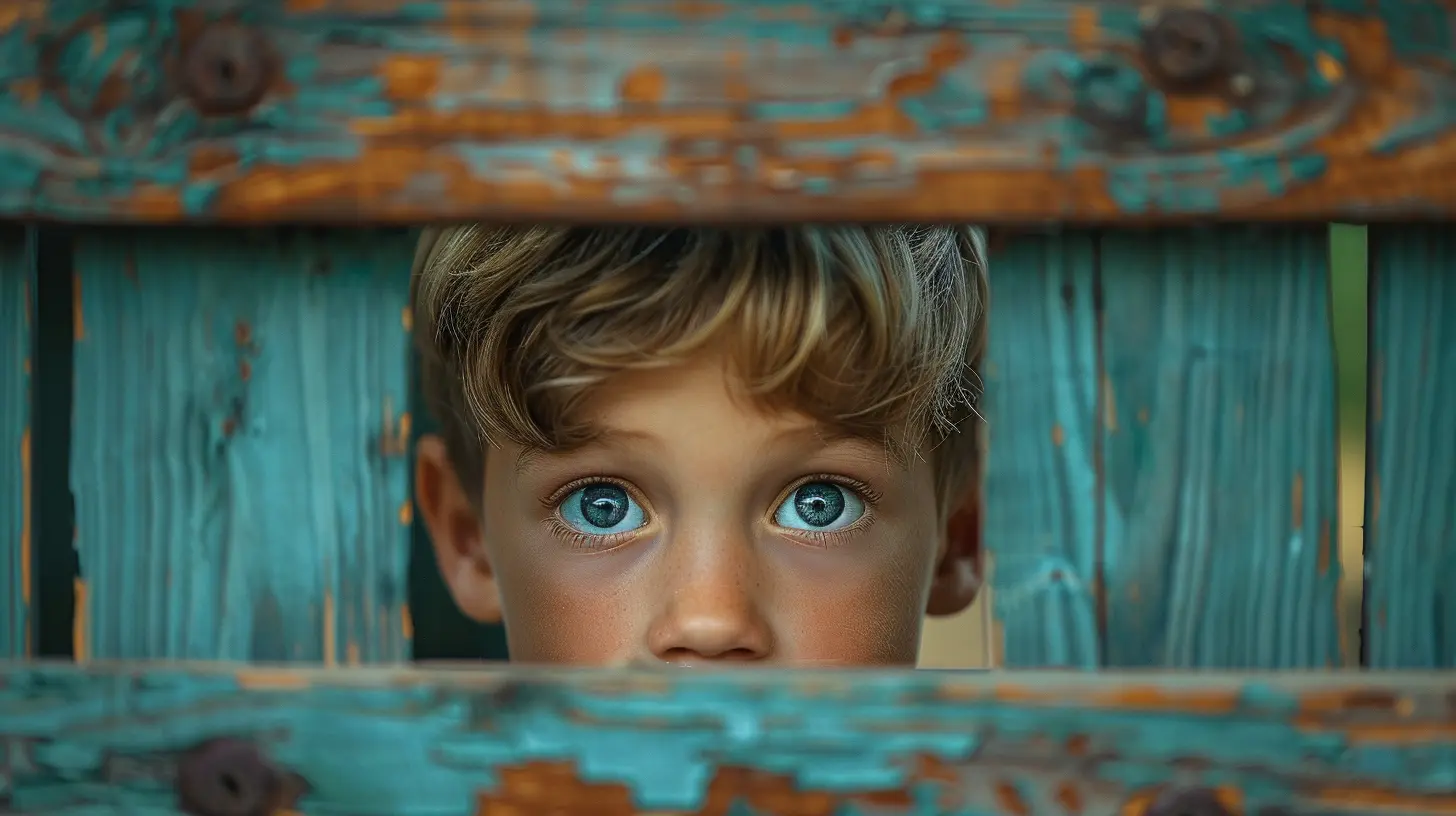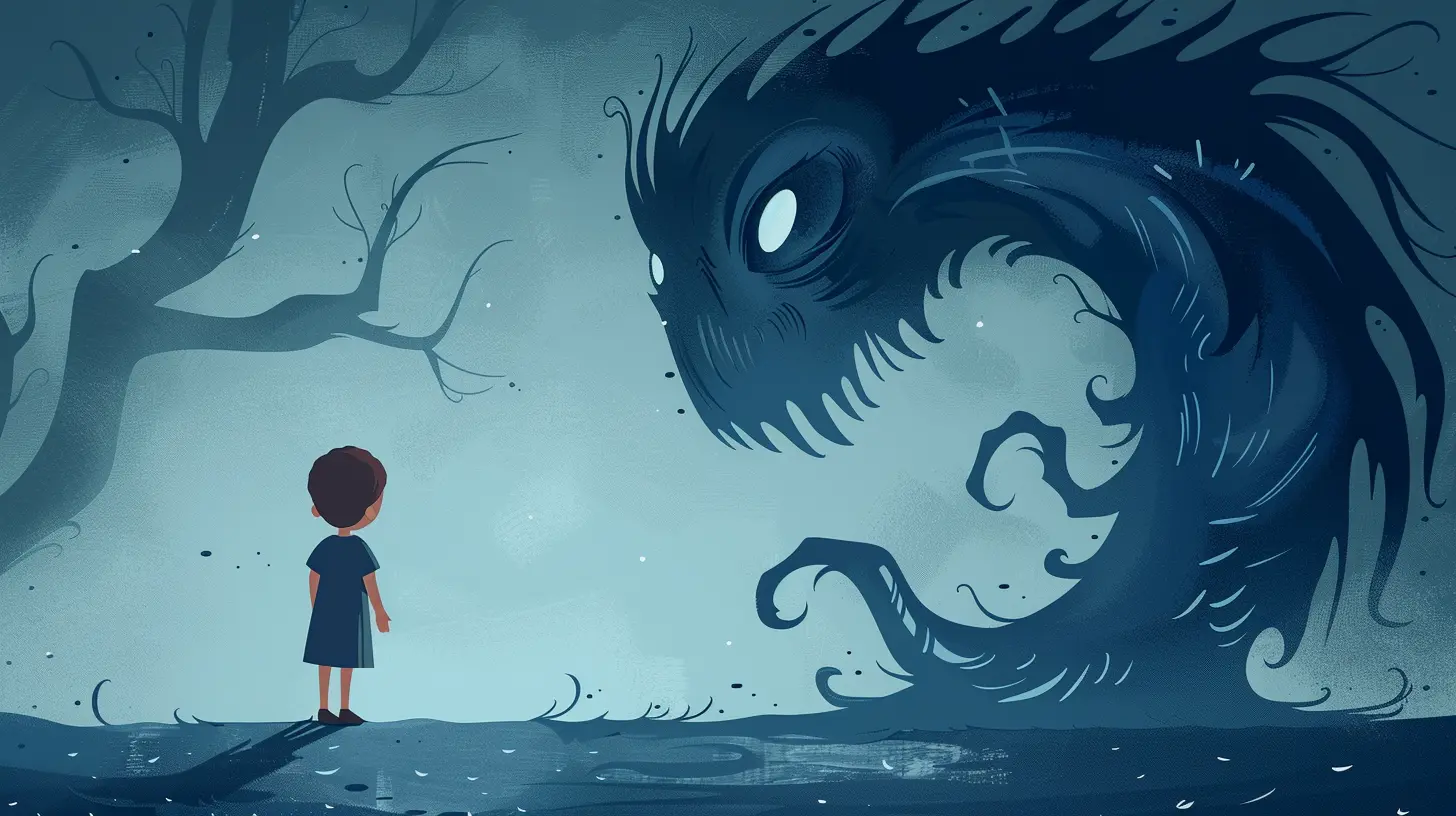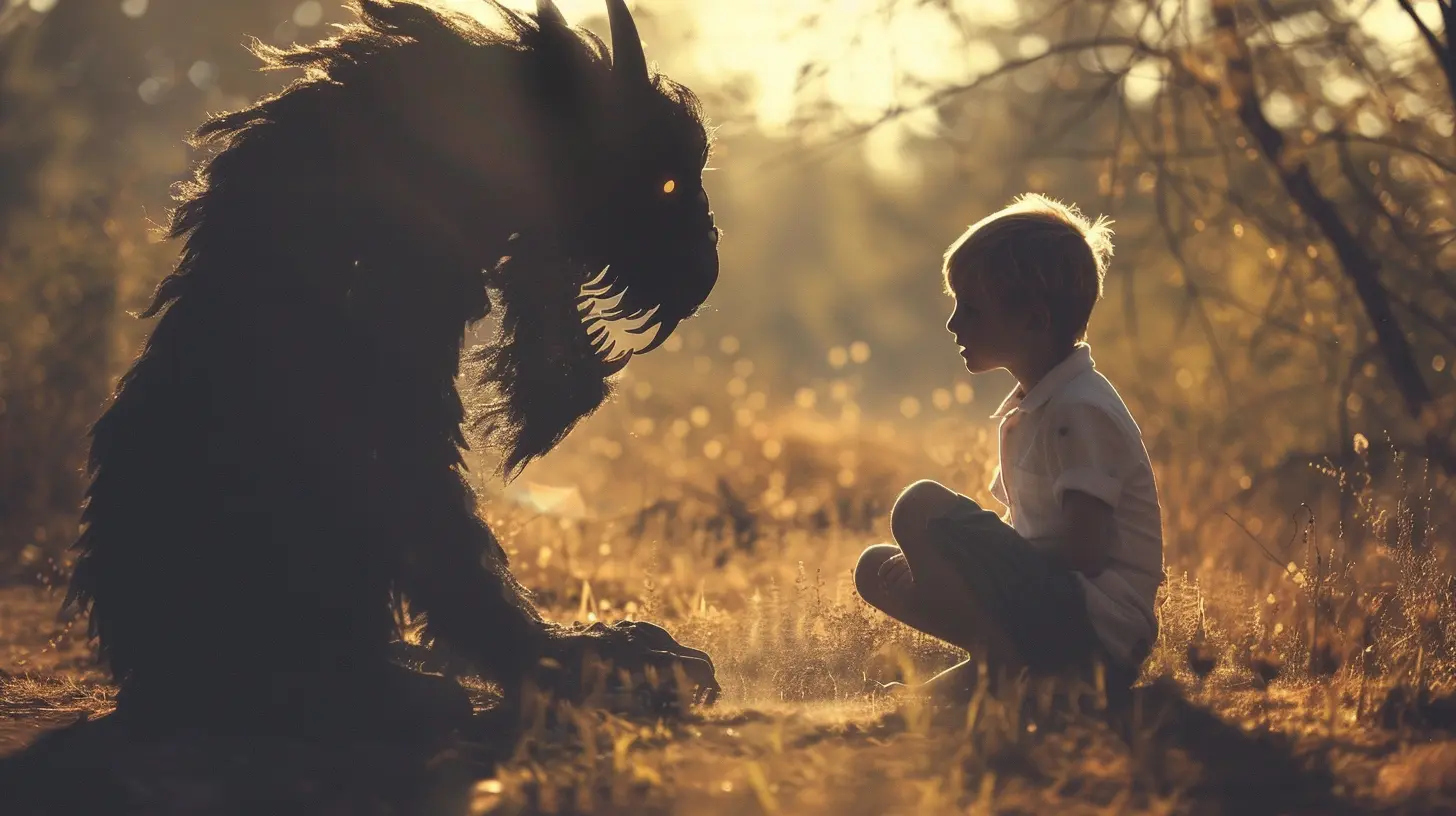Positive Reinforcement Techniques for Addressing Childhood Fears
28 October 2025
Let's face it—childhood is full of big feelings, wide eyes, and yes, some pretty intense fears. Whether it’s fear of the dark, strange noises at night, or that dreaded first day of school, kids are often overwhelmed by the unfamiliar. And as parents, our instinct is to fix it, protect them, or convince them their fears aren’t real. But here’s the thing: their fears feel very real to them.
That’s where positive reinforcement steps in. Instead of brushing their fears under the rug, we can use encouragement and positivity to help kids face those fears with confidence. So grab your cup of coffee and let’s dive into how small changes in how you respond can make a big difference.
What Is Positive Reinforcement, Anyway?
Let’s break it down. Positive reinforcement is just a fancy phrase for rewarding behavior you want to see more of. When your child does something brave—even if it’s small—you acknowledge it in a way that makes them feel proud. You’re telling them, “Hey! That was awesome. You’re capable,” and encouraging them to try again next time.Picture this: your toddler usually screams at the sight of the vacuum cleaner, but today, he stays in the room (still a little tense, but not running). That’s growth. That’s courage. That’s a moment to celebrate.
Why Positive Reinforcement Works with Childhood Fears
Okay, so why does this method work so well?Because fear isn’t logical. You can’t reason your way out of it—especially when you're 4 years old. Kids need emotional guidance. Positive reinforcement helps build a bridge between fear and confidence. When you reward brave behavior, you’re teaching them that courage feels good. You're not forcing them to “get over it”; you’re walking beside them as they do it.
It’s all about momentum. If your child gets positive vibes for facing a fear, they’re more likely to keep trying.
Common Childhood Fears (That Are Totally Normal)
Before we dive into the "how," let’s talk about the "what." Childhood fears are a part of growing up, and they evolve as kids get older. Here’s a quick snapshot:- Ages 1–3: Loud noises, separation from parents, bath time, strangers, shadows.
- Ages 4–6: Monsters under the bed, the dark, imaginary creatures, being alone.
- Ages 7–12: Real-world concerns like school performance, bullies, storms, or getting hurt.
- Teens: Social fears, failure, rejection, and body image.
Every fear may seem irrational to us adults, but they’re deeply real for the child experiencing them.
Positive Reinforcement Techniques to Try Today
So, how can you help your child through those tough, scary moments—without minimizing their feelings or pushing them too far?Here are tried-and-true positive reinforcement techniques that parents (yes, even the super overwhelmed ones!) can use to help kids tackle their fears.
1. Praise the Process, Not Just the Outcome
Let’s say your daughter is terrified of the dentist. You finally get her there, and she cries the entire time. Fail? Not at all.Something as simple as saying, “I saw how brave you were to walk into the office today!” can be huge. Focus on effort and progress rather than a perfect result.
🌟 _Pro tip_: Avoid labeling them as “brave” or “not brave.” Instead, say things like “You made a brave choice,” putting the power in their hands.
2. Use a Reward System (But Keep It Meaningful)
Stickers, charts, even a special treat now and then—yes, these work. But don’t just slap a reward on any behavior. Make sure it’s tied to stepping outside of their comfort zone.For instance, if your son is afraid of dogs, you might set up small, doable steps:
- Looking at a picture of a dog ✅
- Watching one from a distance ✅
- Saying hello to your neighbor’s small dog ✅
Each time, he earns something small—a sticker, a marble in a jar, or some extra storytime.
🎈 The magic? He’s not being bribed. He’s being encouraged to try.
3. Use “Bravery Buddies” and Role Models
Kids love to imitate. Dolls and stuffed animals make great bravery sidekicks. You can say things like:“Let’s show teddy how to be brave in the dark.”
Or create a story together: _Once upon a time, a little girl was afraid of thunder until she found Super-Bear, who made each boom sound like a song._
When kids see bravery modeled in safe, silly ways, it becomes less intimidating.
4. Create a Safe Space to Talk About Fears
Sometimes kids just need to let it all out. Don’t rush to fix it or say “There’s nothing to be afraid of.” Instead, ask:“How did that make you feel?”
“What do you think would help next time?”
“Want to tell me what you imagine when the lights go out?”
Simply having that space to express can lower anxiety. When you validate a kid’s feelings, you empower them to work through them.
🌱 _Remember_: Fear grows in silence but shrinks in the light of a safe conversation.
5. Model Calmness and Empathy
Kids are like emotional sponges. If you react to their fear with panic or frustration, they may feel ashamed or even more anxious.Instead, stay calm and grounded. You can say:
“I understand that scared you. I’m here with you.”
“I felt like that when I was your age too.”
Normalize fear, and you instantly reduce its power.
6. Use Visualization and “What-If” Games
This one blends imagination and positivity. Ask them to imagine the best-case scenario.“What if the thunderstorm is just the clouds playing drums?”
“What if the shadows are just moonlight making shapes like cloud-puppets?”
Help them reframe. Over time, their brains begin to replace panic with possibility.
7. Reflect and Celebrate Progress Regularly
Keeping track of fear-facing moments builds confidence. At the end of the week, look back together:“Do you remember how scared you were last month to sleep with the door cracked open? Look at you now!”
🎉 _Even small wins are worth the confetti._
It’s like leveling up in a game. Each milestone is a new badge of honor.
Mistakes to Avoid When Using Positive Reinforcement
We all make parenting slip-ups—no guilt needed. Just steer clear of these common traps so your positive reinforcement doesn’t backfire.❌ Don’t Overpraise
Saying “You’re amazing!” 50 times a day makes encouragement lose its juice. Keep the praise specific and meaningful.❌ Don’t Force Exposure
Positive reinforcement is not about pushing a child into terrifying situations hoping they’ll "get over it." That can cause trauma. Go at their pace.❌ Don’t Compare to Other Kids
Nothing crushes confidence faster than, “Your sister’s not afraid of this. Why are you?” Instead, celebrate their personal journey.Creating a Fear-Fighter Toolkit
Want to level up your parenting game? Create a simple “Fear-Fighter Toolkit” with your child. Include things like:- A bravery journal (“Today I tried… and it felt…”)
- A stuffed animal sidekick
- A sticker chart for progress
- A comfort item (blanket, lavender-scented patch, etc.)
- A go-to calming strategy (deep breaths, favorite song, guided imagery)
Having these tools nearby gives kids a sense of control—like a superhero with a utility belt.
When to Seek Help
Some fears fade. Others get stronger or start interfering with everyday life. If your child’s fear is affecting sleep, school, or social life, it may be time to talk to a pediatrician or child therapist. Anxiety disorders in children are more common than most people think—and completely treatable.As a parent, your job isn’t to carry them over every hurdle. It’s to give them tools to climb, encouragement to try, and arms to fall back into when they need a break.
Final Thoughts: You’ve Got This.
Let’s be real for a second. Watching your child struggle with fear is tough. You want to make it go away. But when you slow down, celebrate small wins, stay patient, and use positive reinforcement, you’re building something bigger than just courage.You’re helping your child develop resilience—the kind that’ll serve them long after the monsters under the bed retire.
Every brave step counts. So next time your little one takes a tiny step toward their fear, throw some invisible confetti. 🥳 You're both doing better than you think.
all images in this post were generated using AI tools
Category:
Dealing With FearsAuthor:

Steven McLain
Discussion
rate this article
1 comments
Journey Wright
Who knew turning 'boo!' into 'woohoo!' could be the secret to conquering childhood fears? With these positive reinforcement techniques, we might just transform our little scaredy-cats into fearless adventurers—cape and all! Up, up, and away!
October 28, 2025 at 5:16 AM

Steven McLain
Thanks for the encouragement! It's amazing how a shift in perspective can empower kids to face their fears with confidence. Let's keep inspiring those little adventurers!


